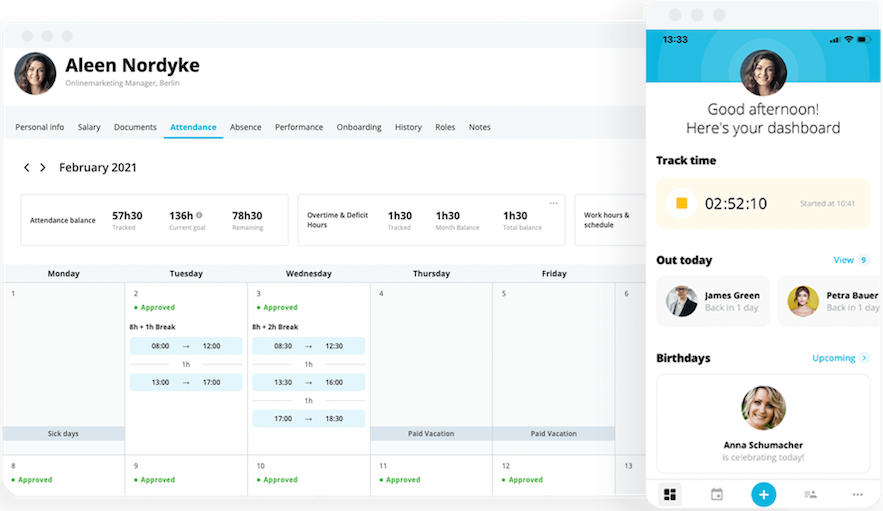
14-Day Free Trial
Track leave, illnesses and bank holidays from one place: Personio.
Book your free demo11 HR Best Practices You Need to Prioritise in 2024

Every organisation’s HR department tailors programmes to best fit their own needs. Even with those adjustments, there remain certain core HR best practices to use as guideposts for effective policies and engaged employees.
Below, we have put together a guide to the best HR policies and practices to keep at the forefront while making the right decisions for your company…
What are HR best practices?
HR best practices are proven principles and processes that can help produce optimal results for any business. While they may be universally applicable, human resources best practices are often tailored to meet specific needs.
The goal of an HR best practice is to improve business performance by optimising employee performance. In many cases, they are most often paired with politics that are customised to help support and achieve any goals.
Here's what you need to keep in mind:
HR best practices are universal building blocks that help companies construct people management policies specific to their workforce.
The best HR practices have an “evergreen” quality – meaning they can apply even as various contexts change.
Any HR tool or solutions should be intentionally designed and informed by the standards of best practices across the employee lifecycle.
Why are HR best practices important?
As you implement best practices, you create a framework where you can build a workplace and organisation that caters to the needs of your employees and your customers. Doing this, in turn, encourages high levels of engagement, productivity and long-term success.
HR practices vs. HR activities: What is the difference?
While the terms ‘practice’ and ‘activity’ are often used interchangeably, there is an important technical difference between them. Some key aspects that distinguish HR practices from HR activities include:
HR practices | HR activities |
|---|---|
Broad in scope and focused on planning and implementing policies and strategies that fall in line with the business plan and corporate goals. | Focus on the details that help establish best business practices in the workplace. They are the methods that help bring best practices to life. |
Streamline your employee life cycle at every step
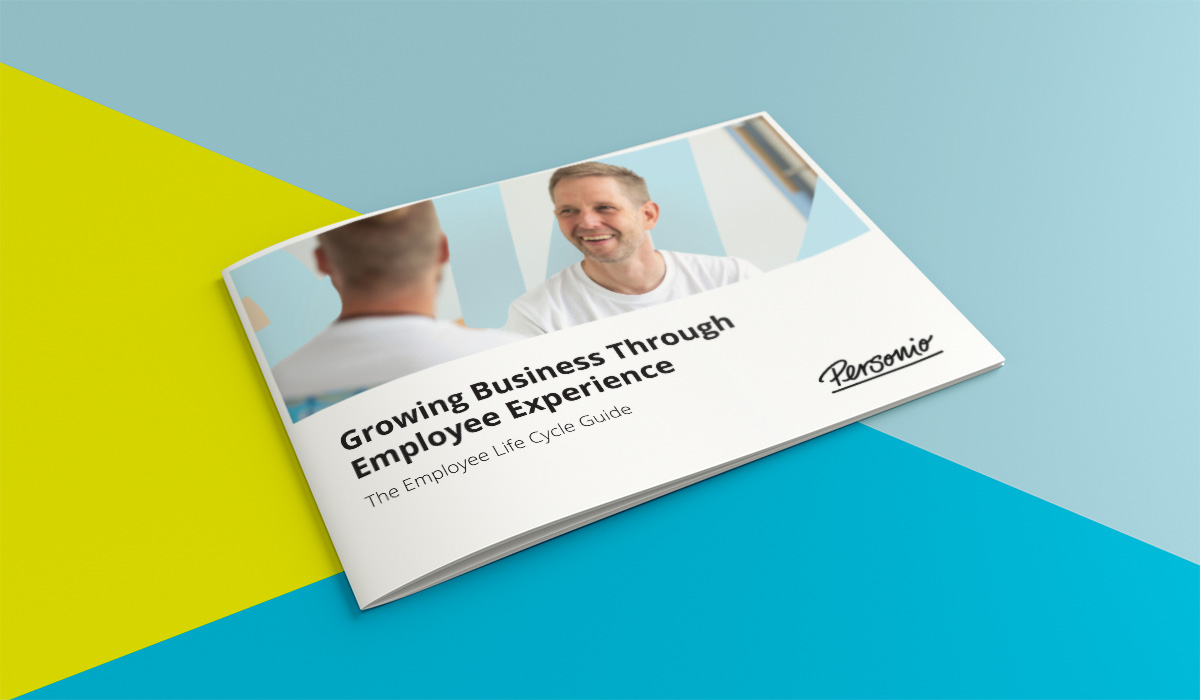
Take your organisation to new heights with these employee-centric best practices.
Get the guide11 HR best practices for companies to embrace in 2024
The most effective HR best practices are those that reflect the unique wants and needs of today's workforce. As employee expectations shift, it’s important to review your policies to make sure they provide employees with what they need to succeed.
We've listed some of the top HR best practices for 2024 to help your organisation keep up with the times and deliver exceptional results from top to bottom...
1. Selective hiring through candidate experience
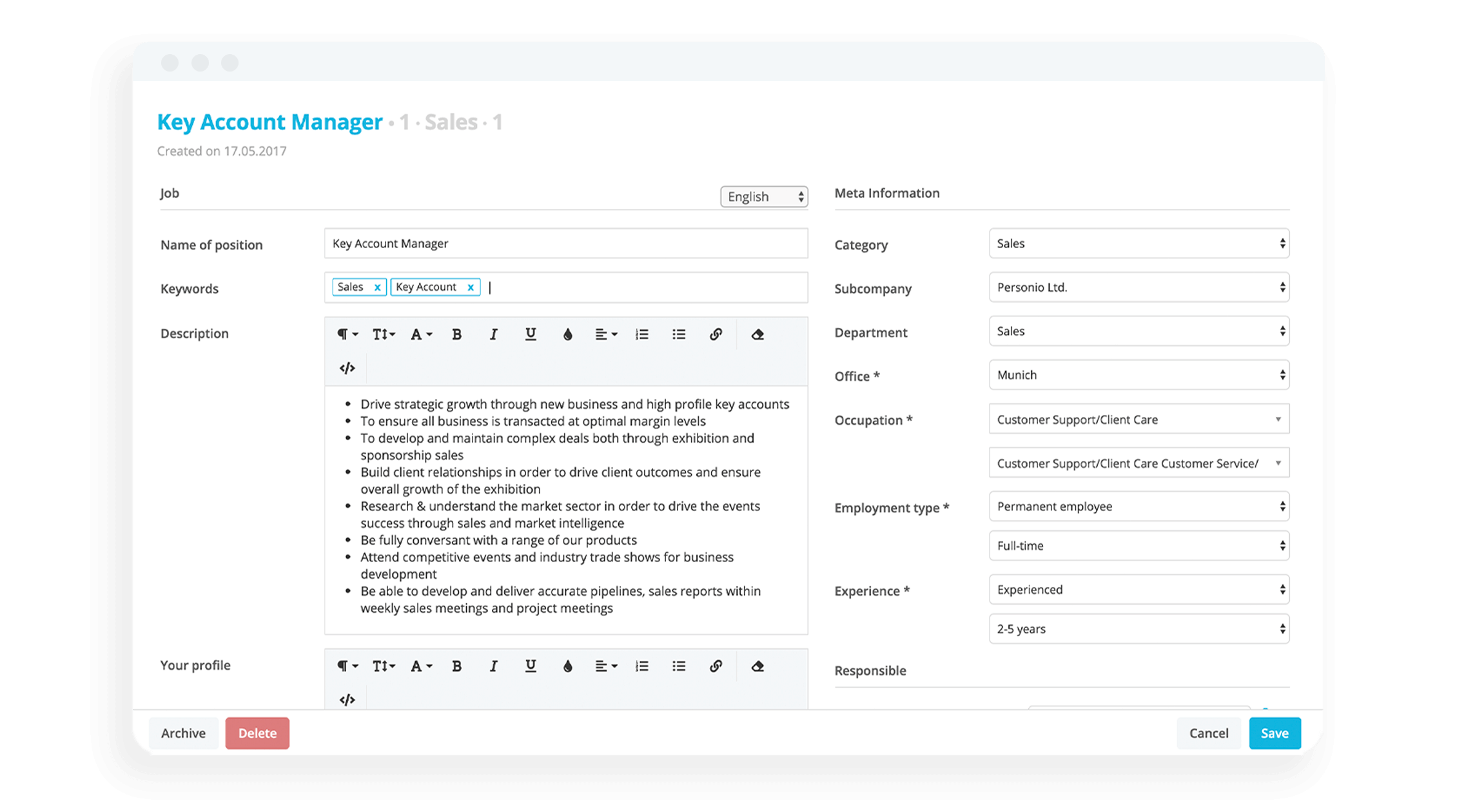
An up-to-date hiring process should both hone in on the candidates you want, and rule out the ones that wouldn't be an ideal fit. The goal of selective hiring is to find the best people for both your business and your culture.
The best way to do this is to focus on candidate experience. This ensures you're delivering a hiring journey that is seamless and attuned to the needs of both your candidate and your company. That way, when you find someone great, you can also hire them quickly.
There are even more recruitment methods to be mindful of, but we'd recommend focusing on delivering a truly great experience for the benefit of your organisation and your employer brand.
2. An employee-centred onboarding programme
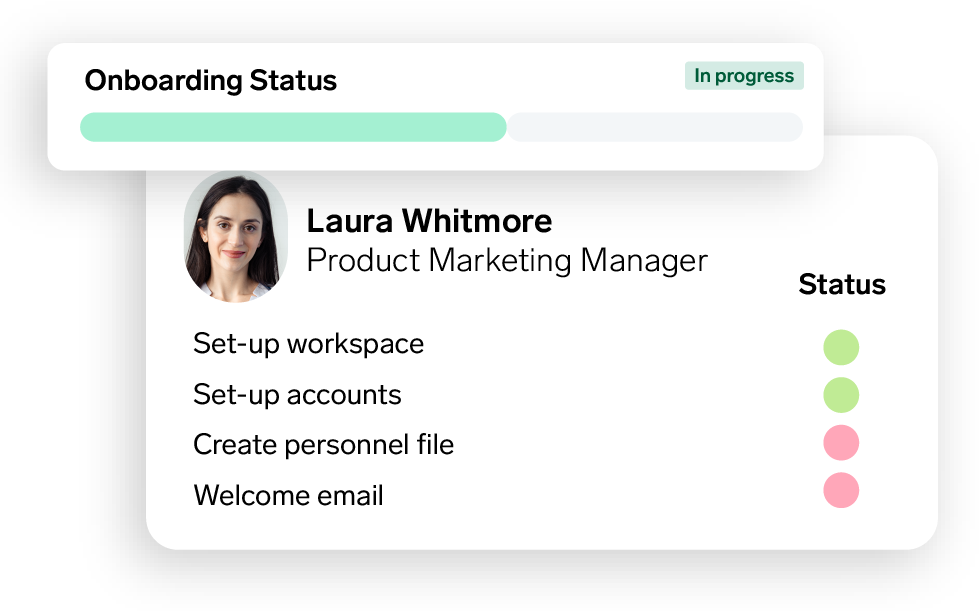
A proper onboarding programme signals to new employees that they’re going to be supported in their new role. For modern organisations, they need to keep the employee at the centre of how they deliver a great onboarding experience.
That means doing what you can to automate the operational parts of onboarding, including:
Hiring agreements
Communicating benefits
Access to the employee handbook
Other essential documents
Once you have all of this out of the way, you can start building in elements of onboarding that can have a profound impact on business. This could include:
Skills assessment for new team members
Department and role-specific time to get started working
Sessions on important skills (feedback, prioritisation, etc.)
An employee's first days, week and months on the job can have a massive impact on how they perform well into the future. By focusing on delivering a great onboarding programme, you can really drive results as an HR team for your business.
3. Prioritise ongoing training for continued development

Supporting the growth of your workforce helps them keep up with new industry trends while keeping them engaged with their work. Ideally, this practice leads to a well-rounded and effective workforce that you have little issue retaining well into the future.
One of the most effective methods for pursuing this HR best practice is focusing on skills-based training. While more generalised programmes are useful for new hires, more precise areas where they can improve will become clearer as they adjust to their roles.
In fact, specialised courses to help plug skills gaps help shore up employee competencies faster and more efficiently.
4. Developing a compelling remuneration package
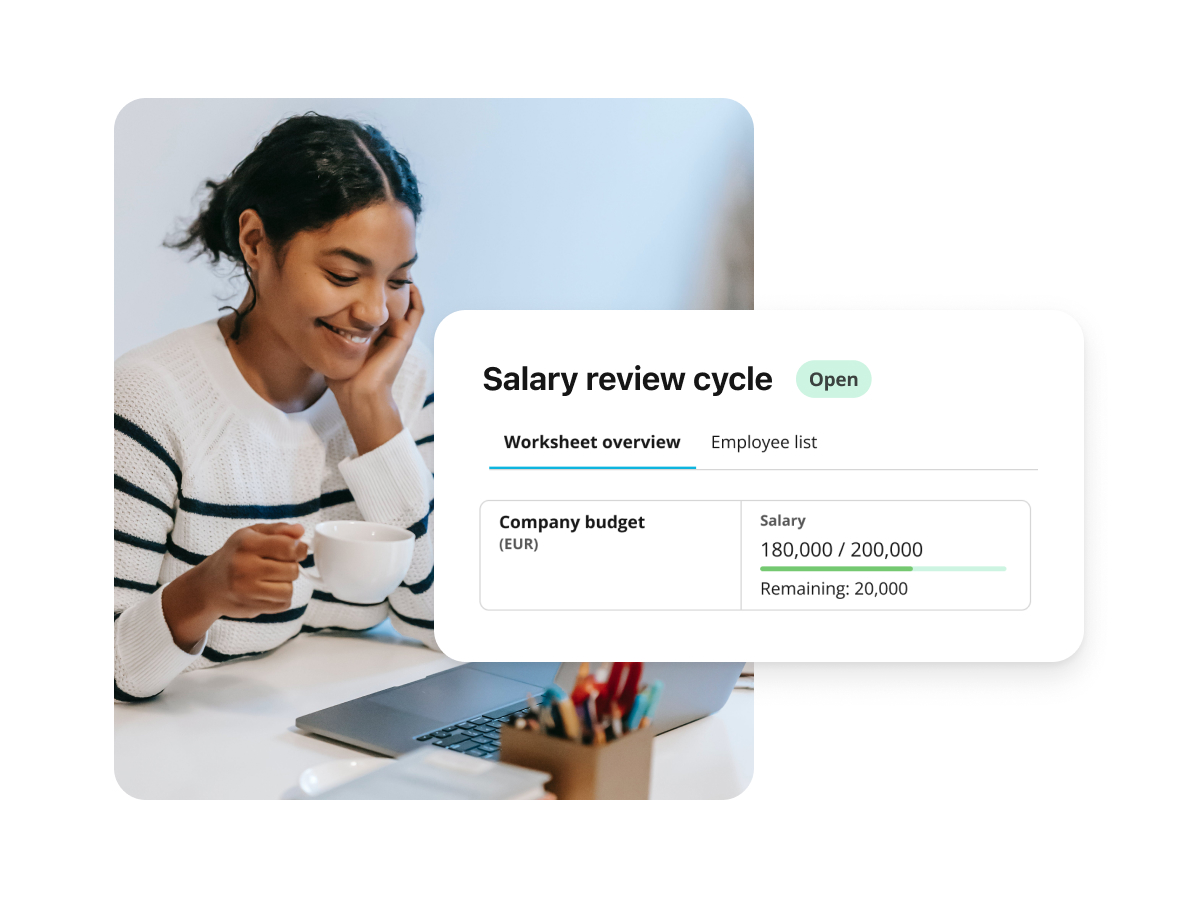
An appealing remuneration package motivates current employees and attracts top talent. For many, this begins with financial compensation. While a competitive wage is the primary motivator for many employees, there should be clear guidelines about pay rises, bonuses and other infrastructure that puts employees on the path to more money as they grow.
But, compensation goes beyond a good wage. It also includes benefits. This can include progressive maternity and paternity leave, work-from-home policies, extra paid holiday and private health insurance plans separate from the NHS, among other examples.
Providing a robust and competitive package can help draw new quality talent to your company and keep the workforce you have as long as possible.
5. Monitoring and responding to engagement metrics
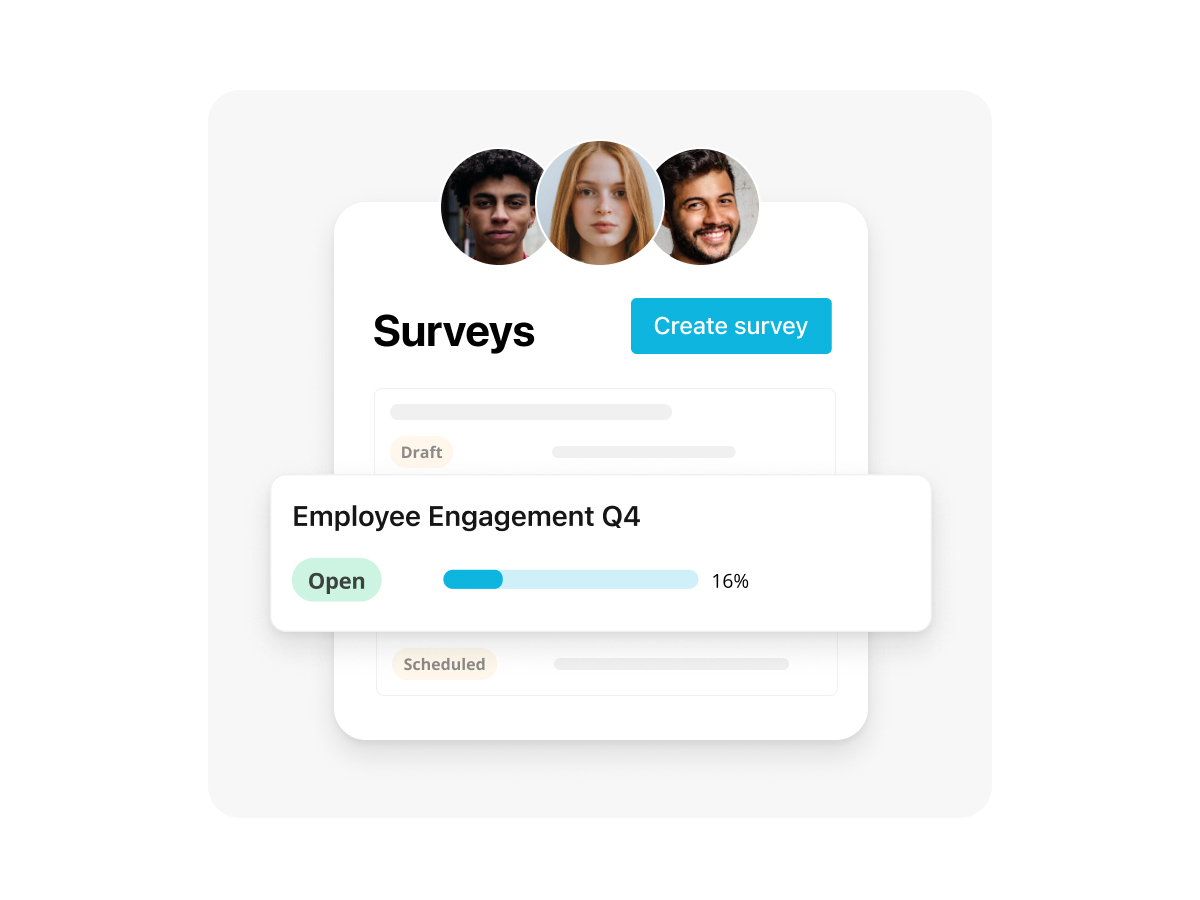
Continued employee engagement is one of your HR department’s most important responsibilities. Employees who feel engaged with their jobs are more likely to perform well and are more likely to stay for the long term.
Increasing engagement revolves around creating a workplace environment of mutual trust. Typically, that means establishing communication channels that allow employees to build stronger connections within their departments, with other departments and with the C-suite. Management can then respond to issues more quickly, readily recognise their achievements and keep them in the loop about goings-on within the company.
Following through on this best practice can be difficult because establishing and taking advantage of robust communication channels can be time-consuming. Additionally, the more interconnected internal operations are, the higher the risk of miscommunication, creating conflicts and slowing down productivity.
Effortlessly create and analyse surveys

Measure your employee engagement with a seamless survey process. Now you can design, send and analyse your next employee survey in one place.
See it in action6. Fuel a culture of continuous feedback
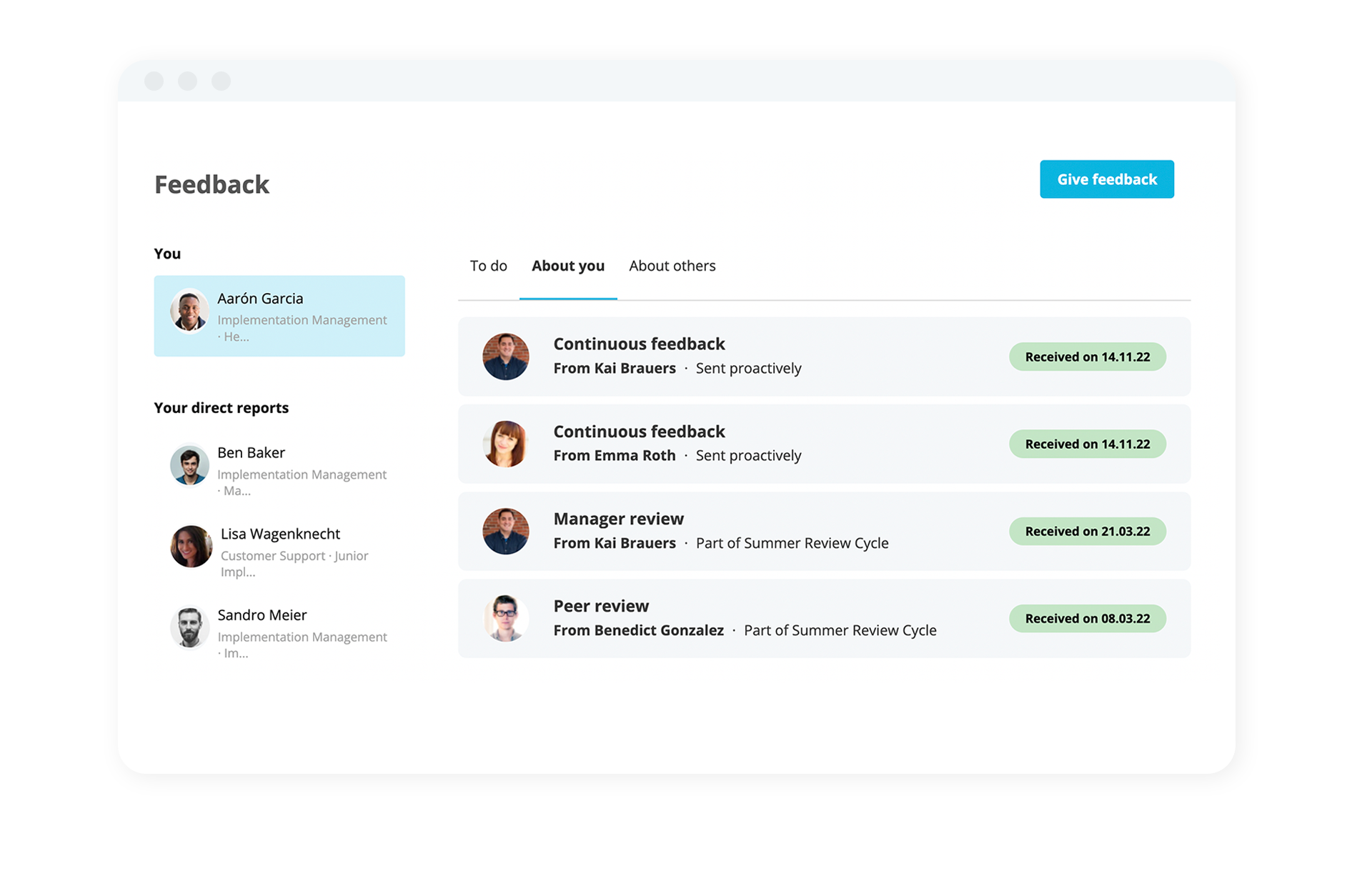
One of the best ways to boost employee performance is with 360-degree feedback or a 360 review process. This style of constructive criticism gives employees the most thorough, unbiased and comprehensive feedback possible — hence its name.
In general, trying to build a culture of feedback is no easy task. But, when you help employees see "feedback as fuel" and make it easy for them to do so, and then map it back to your performance processes, everyone can benefit.
To help live this best practice, we'd recommend:
Establishing an organisation-wide understanding of how to give feedback
Making it easy to give feedback with a centralised solution
Intentionally including feedback into your performance reviews
Feedback is a beautiful thing. It can benefit your employees, your culture and your overall performance. As a best practice, your organisation needs to understand how to harness it.
7. Flexible and adaptive working models
A flexible working model is an HR best practice where the company allows employees to choose where and, to some extent, when they want to work.
When creating an adaptive working model, keep in mind that this arrangement isn’t the best for all employees or work environments.
If you decide offering continued work from home is right for your company, make sure your programme has clear rules, established expectations and you have measures in place to track performance and remediate any issues that may arise.
8. Prioritise an inclusive and positive company culture
To cultivate a vibrant and inclusive environment, HR should view themselves as the architects of culture. That entails scrutinising policies for hidden biases and actively supporting employee resource groups.
Transparent communication and clear decision-making fostered by HR build trust and a sense of purpose for the workforce. Engaged employees from diverse backgrounds bring a wealth of perspectives, fuelling innovation and creative problem-solving.
A strong employer brand attracts top talent, while a focus on well-being keeps them engaged and reduces turnover. By prioritising a positive and inclusive culture, HR isn't just creating a happy workplace, they're building high-performing businesses.
8. Cultivating transparency across the business
As an HR professional, you play a key role in creating a culture of transparency and openness by implementing and maintaining these communication channels.
As a result, your workforce feels like a more integral part of the company, which fosters dedication and loyalty that helps increase retention rates.
First is corporate communications, establishing and maintaining methods of what’s new at your company, both good and bad. Disseminating important information on a regular basis through daily team updates, newsletters, company-wide emails or other digital tools keeps your whole team informed. There’s also transparency in important topics like pay schemes, which helps drive fair pay practices that help close the gender wage gap.
10. Termination and offboarding
When people exit your business, what happens next? Clear communication on severance, benefits and company property return is essential, along with legal compliance.
The fact is that consistency across terminations, whether voluntary or involuntary, builds trust and minimises confusion. As far as best practices for HR are concerned, this is one of the most important because it is also one of the most sensitive topics.
And don't underestimate the power of a good offboarding experience. Facilitate knowledge transfer to avoid disruption, offer outplacement services to departing employees and be transparent about reference checks.
This professionalised approach protects your employer brand and fosters goodwill with departing employees, who could be valuable brand ambassadors down the line. They may even turn into boomerang employees!
11. Invest in solutions that streamline processes

When it comes to HR best practices, much of it is impossible without time. Time for HR teams to really focus on how they are running things, rather than simply focusing on whether or not things are running at all.
Enter HR technology: A variety of solutions offer the ability to automate, streamline and run processes across each stage of the employee lifecycle. Personio is one of the solutions, and we're proud of what we've built to help teams.
Imagine managing recruitment, onboarding, performance reviews and payroll from a single, user-friendly platform. Personio is a popular option that streamlines core HR tasks, and we've already helped support 12,000 businesses across Europe.
Manage all of your HR from one place
HR best practices build a solid foundation for establishing a business’s people management policies. While their implementation is no easy feat, a central hub can help you manage all the moving parts with ease.
Personio offers access to top-quality HR tools such as payroll preparation, analytics and reporting, onboarding and more that help create a work environment where employees thrive. Speak with an expert to learn how Personio can help you manage your HR tasks.
